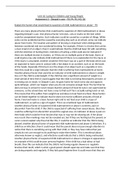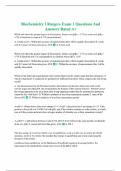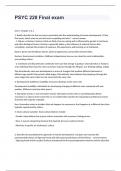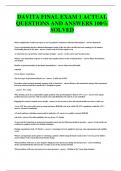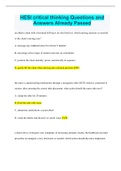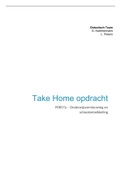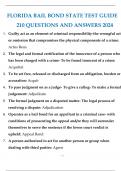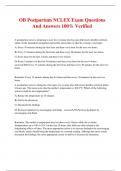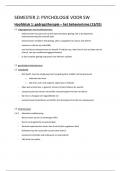Overig
Unit 10 - Caring for Children and Young People (P3, P4, P5, M3, D2)
- Vak
- Instelling
This is an assignment for Unit 10 (Caring for Children and Young People) of Pearson Level 3 Health and Social Diploma, meeting P1. There are other documents available for P1, P2, M1, M2, and D1. This is only to use as a guide.
[Meer zien]
